Liviri engaged a leading environmental consultancy, thinkstep Inc., to perform the industry-standard study of environmental impact, called a Life Cycle Assessment (LCA). The LCA for Liviri Fresh compares the environmental impact of Liviri’s reusable product against the industry standard meal-kit delivery system that uses corrugate combined with recycled cotton insulation. The report was independently reviewed by a critical review panel.
STUDY GOALS:
- Compare meal-kit delivery using Liviri Fresh with the industry standard to assess their potential environmental impacts; and
- Understand the potential environmental impacts of meal-kit delivery using Liviri Fresh to continuously improve its environmental performance.
KEY FINDINGS:
Based on the LCA results, reusable Liviri Fresh is environmentally preferable to its single-use corrugate counterpart. To reach that conclusion, the container was tested under the conservative assumption of 50 reuse cycles. In the baseline scenario (50 reuse cycles, full carbon accounting), Liviri Fresh showed significantly lower potential environmental impacts than the single-use corrugated alternative in 8 of 9 indicators considered.
Most carbon emissions are produced in birth and death of a product. Instead of creating new and throwing away, Liviri Fresh’s environmental advantages are attributed to the fact that raw materials and manufacturing for the Liviri Fresh unit can be allocated across its 50+ uses. Here, Liviri Fresh leverages the benefits of a circular business model that keeps high-value products in use longer in order to minimize production waste. Additionally, the thermoplastic material used for Liviri Fresh is highly recyclable at end-of-life.
To read the full LCA report, complete the form below for a downloadable copy.
STUDY INPUTS:
For key inputs, the LCA evaluated environmental impact across nine categories, including: Global Warming Potential (GWP), Acidification Potential (AP), Eutrophication Potential (EP), Smog Formation Potential (SFP), Blue Water Consumption (BWP), Primary Energy Demand (PED), Ozone Depletion Potential (ODP), and Particulate Matter (PM).

